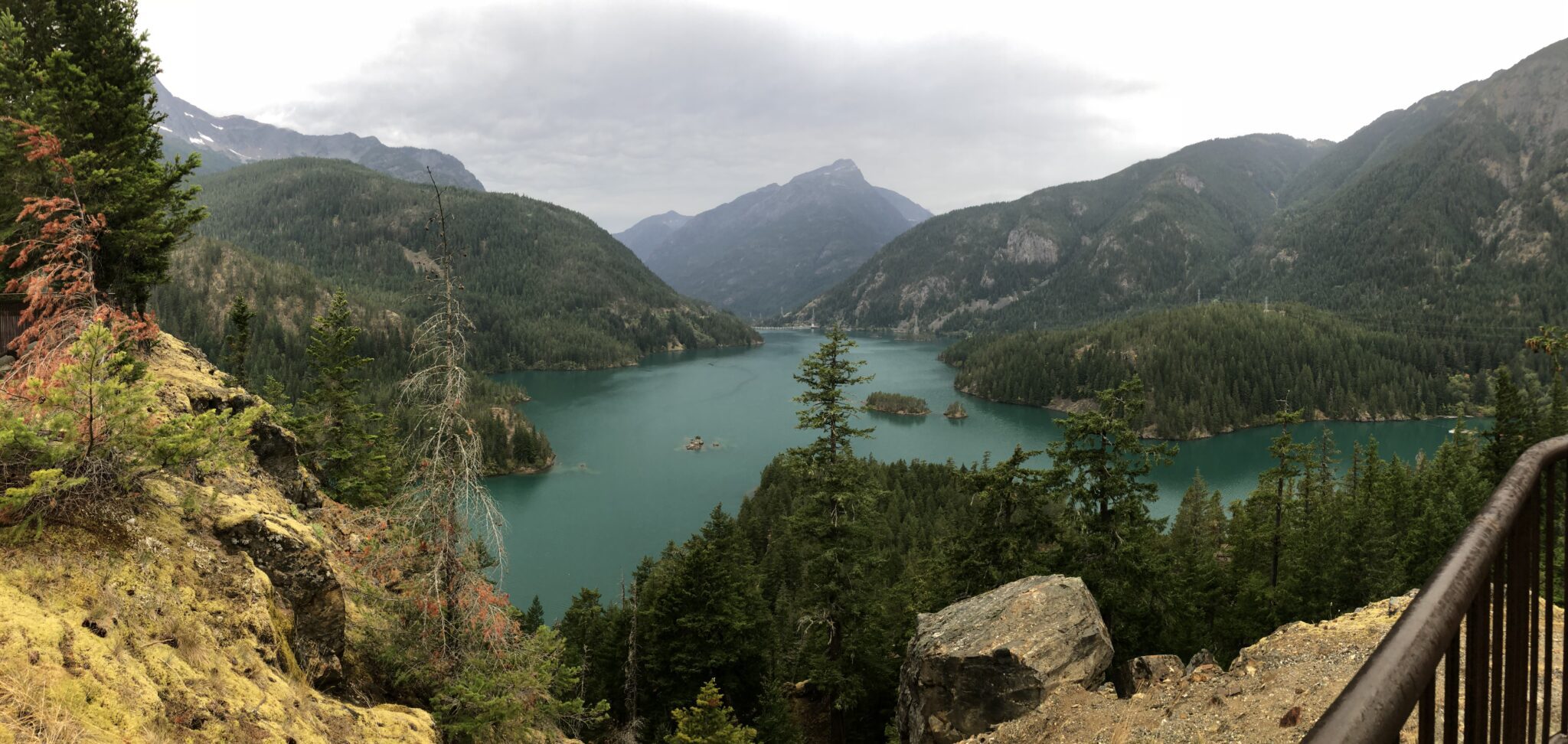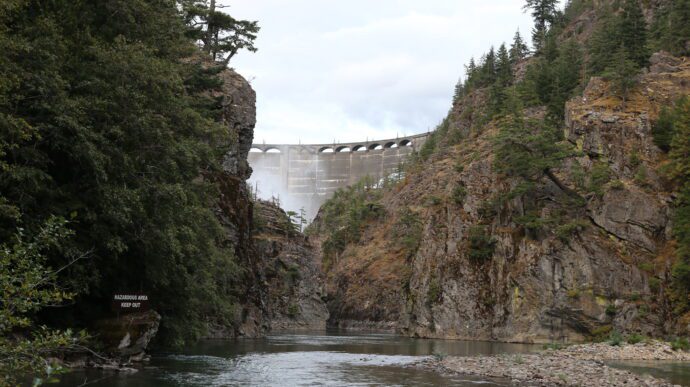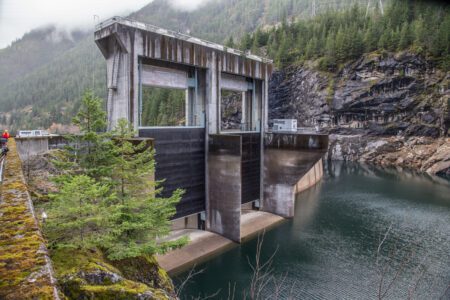
Each autumn, many news outlets are keen to cover the annual salmon migration and spawning. This also sparks interest in the region’s numerous hydroelectric dams and what is being done to help protect and preserve fish populations. We have received several inquiries about the relicensing process for the Skagit Hydroelectric project, so we wanted to update you on what’s happening.
Relicensing is an incredible opportunity to reexamine and update dam operations. Our 1995 license guided significant investments in the watershed, and Seattle City Light and our licensing partners have much to be proud of.
Our Final License Application (FLA) for a 50-year license builds on that progress and breaks ground in many new areas. As a part of City Light’s effort to support Skagit River salmon recovery and increase Tribal harvest opportunities, the FLA expresses our commitment to a comprehensive fish program that includes a plan for fish passage across all three dams.
What you need to know about fish passage
Developing a plan for fish passage around three dams that are 30, 39, and 54 stories respectively is a significant undertaking. For a project this size, the most common approach is a “trap-and-haul” program, which would involve transporting fish to and from the Ross reservoir and the river below Gorge Dam. This would involve building an upstream fish collector below Gorge Dam, a downstream fish collector at Ross Dam, and a new road through the North Cascades National Park to Ross Lake.
Here are a few other things to know:
- City Light has been responsive to the interests expressed by the Upper Skagit Indian Tribe, National Marine Fisheries Service (NMFS) and others. We are committed to a fish passage program that will move fish completely around all three dams.
- Federal Energy Regulatory Commission (FERC) approval of the program is required; their review is expected to take 2-3 years.
- The first two stages—research and a pilot program—are planned and budgeted. Fish populations and river ecosystems are very fragile. Before the final project can be designed, we need to know what works. Fish passage programs inevitably come with environmental impacts, and it’s important to everyone that we restore fish populations in smart and sustainable ways.
- While FERC does the license review, we continue to push the project forward by working with Tribes, NMFS, U.S. Fish and Wildlife Service, National Parks Service, Bureau of Indian Affairs, Washington Department of Fish and Wildlife, and Washington State Department of Ecology.
- These agencies have regulatory powers and responsibilities. In fact, along with FERC they are the ultimate decision-makers about fish passage. We cannot build fish passage without the approval of key environmental regulatory agencies. Their decisions and planning (rightly) require solid research and careful planning.
- While the FERC review proceeds, the multi-agency collaboration happening now will enable us to move faster once we have FERC approval. What’s more, the collaboration that has defined this process from the beginning will continue through license approval and beyond.
- Fish passage is one of many strategies that we are undertaking to support fish, and many of those are already in progress. We have worked with Tribes, NMFS, and other key partners to develop a comprehensive fish program that will contribute to the protection and restoration of fish throughout the river. This includes considerations such as water quality, spawning beds, shade, food sources and more.
City Light is also committed to estuary restoration, mainstem habitat restoration and flow management to reduce the risk of floods while protecting salmon habitat. As always, we operate the dams according to our long-established priorities:
- Flood risk management
- Fish habitat protection
- Recreation
- Power generation
Hydropower is an essential component of our renewable energy future, and collaboration is the key to lasting solutions. We remain committed to pursuing a new license that balances the needs and interests of many parties. We are deeply appreciative of the work that continues to happen.
Continue reading about relicensing the Skagit Hydroelectric Project.


